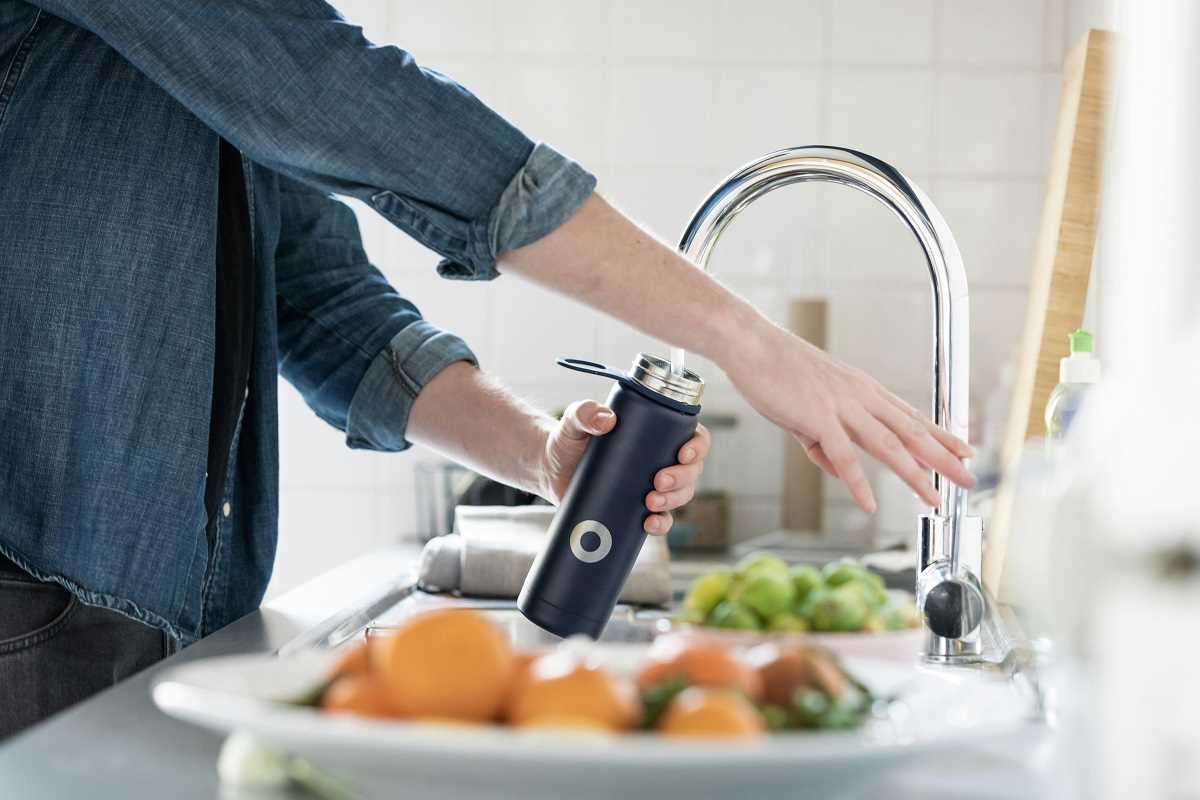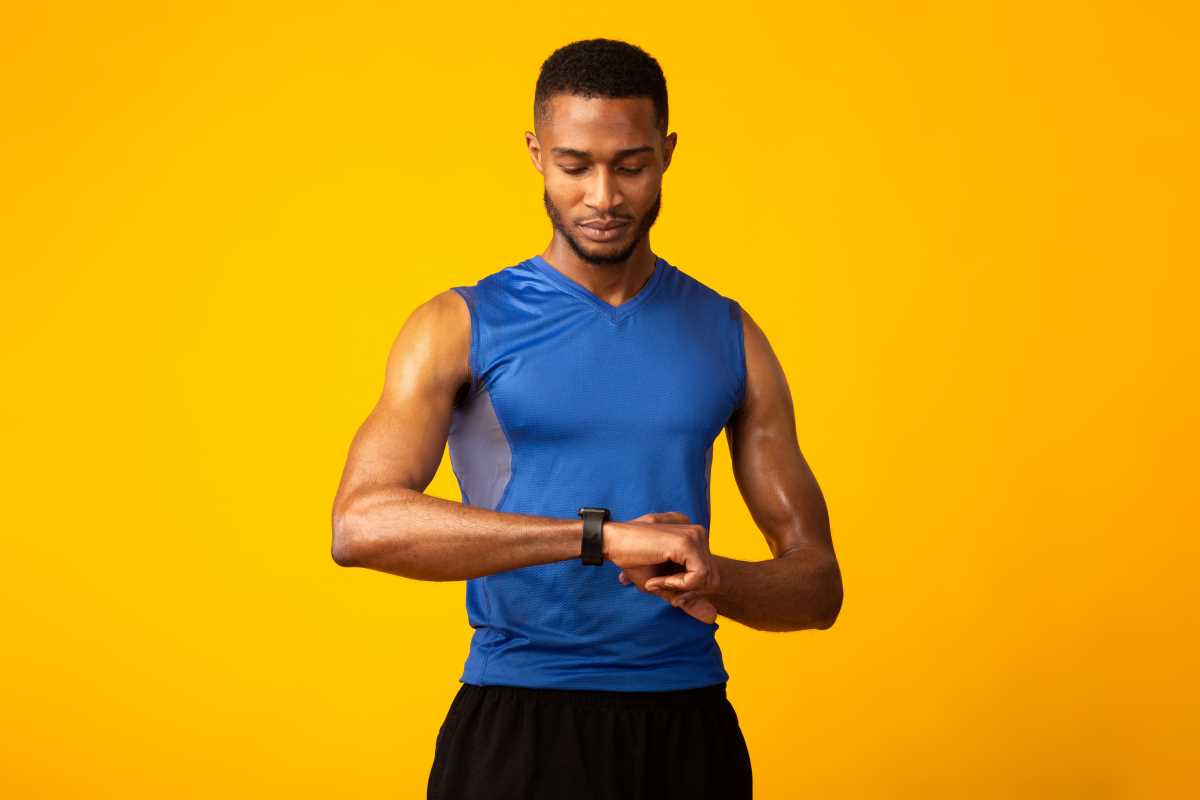Have you ever searched online for "sore throat remedies" or posted on social media about a nasty cough you just can't shake? If so, you've left a tiny digital breadcrumb. On its own, your search or post is just a blip in the vastness of the internet. But when combined with millions of others, these breadcrumbs create a powerful map that can help experts predict where and when a disease outbreak, like the flu, might be about to happen.
This fascinating field is all about using what are called "search and social signals" to forecast public health trends. It's a bit like being a digital detective, piecing together clues from everyday online activities to see the bigger picture of community health. Instead of waiting for people to get sick enough to see a doctor and for that data to be officially reported, this approach taps into the very first signs of illness—the moment someone turns to their keyboard for answers.
What Exactly Are Search and Social Signals?
Let's break down these two key concepts. They’re simpler than they sound.
Search Signals: This refers to the data generated by search engines like Google, Bing, or DuckDuckGo. Every time you type a query, you’re contributing to a massive dataset. Health researchers are particularly interested in symptom-related searches. Think about terms like:
- "Fever and chills"
- "How long does flu last?"
- "Stomach bug symptoms"
- "Nearest pharmacy"
When the volume of these searches spikes in a specific city or region, it can be a strong indicator that a bug is starting to make the rounds. It's real-time data that reflects what people are worried about right now. The logic is straightforward: people often search for information before they decide to visit a clinic. This makes search data a valuable early warning system.
Social Signals: This is the information gathered from social media platforms like X (formerly Twitter), Facebook, and Reddit. People often share personal health experiences online. They might post about feeling unwell, complain about a sick child, or ask their friends for advice. Researchers can analyze public posts (while protecting user privacy) to spot trends. They look for keywords and phrases such as:
- "Got the flu"
- "Feeling so sick today"
- "My whole family has a stomach virus"
- "Stuck in bed with a fever"
By tracking the frequency and location of these posts, analysts can identify clusters of illness. Social media provides a more personal, narrative layer to the data. It can offer context that search queries alone might miss, like how an illness is affecting daily life or spreading through social circles.
How It Works: From a Search Query to a Forecast
So, how do scientists and data analysts turn your "runny nose" search into a prediction model? It's a multi-step process that blends statistics with computer science.
First, researchers identify a set of keywords related to a specific illness. For influenza, this list might include hundreds of terms, from common ones like "flu" and "fever" to more specific ones like "Tamiflu" or "body aches."
Next, they collect anonymized, aggregated data on how often these keywords are searched over time and in different geographical locations. This means they don't know who is searching, only that someone in, for example, Denver, Colorado, searched for "flu symptoms." This is a critical point for privacy; the focus is on collective trends, not individual behavior.
Then comes the statistical magic. Analysts compare this search data to traditional health data, such as the official reports from the Centers for Disease Control and Prevention (CDC). They look for correlations. For instance, they might find that a surge in searches for "fever and cough" in a particular state is consistently followed by a rise in confirmed flu cases one to two weeks later.
By identifying these patterns, they can build a predictive model. This model is essentially an algorithm that learns the relationship between search activity and actual disease spread. Once the model is trained, it can be used to make forecasts. If the model sees a new spike in those tell-tale search terms, it can flag a potential upcoming outbreak for that area. This gives public health officials a valuable head start.
The process for social signals is similar but involves an extra layer of complexity called "natural language processing" (NLP). NLP is a type of artificial intelligence that helps computers understand human language. It's needed because a post saying "I've got Bieber fever!" is very different from "I've got a fever of 102." NLP algorithms help filter out the noise and identify posts that are genuinely related to health.
Why Is This Better Than the Old Way?
Traditional disease surveillance has served us well for a long time, but it has one major drawback: it's slow. The typical process looks something like this:
- A person gets sick.
- After a few days, they go to the doctor.
- The doctor may take a sample and send it to a lab.
- The lab confirms the diagnosis (e.g., influenza A).
- The lab reports the case to state or local health departments.
- The health departments compile the data and send it to a national body like the CDC.
- The CDC analyzes the data from all over the country and releases a public report.
This entire cycle can take weeks. By the time the official report comes out confirming a flu outbreak in a city, the peak of the outbreak may have already passed.
Digital surveillance, using search and social signals, flips this timeline. It captures data at the very beginning of the cycle—when a person first feels sick. This can provide a forecast one, two, or even three weeks ahead of traditional methods. That lead time is incredibly valuable. It gives hospitals time to prepare for more patients, allows schools to send out warnings to parents, and helps public health officials launch targeted vaccination campaigns or public awareness messages.
The Challenges and the Future
As powerful as this approach is, it's not a perfect crystal ball. Researchers face several challenges. One of the biggest is "media-driven panic." When a major news story breaks about a particular disease, people who aren't sick may start searching for information out of curiosity or fear. This can create a false spike in search data that doesn't reflect an actual outbreak. Models must be sophisticated enough to distinguish between genuine illness-related searches and these media-fueled surges.
Privacy is another paramount concern. While current methods rely on aggregated, anonymous data, the public must have confidence that their personal information is protected. Building and maintaining this trust is essential for the long-term viability of digital epidemiology.
Furthermore, these signals can be biased. They rely on people having internet access and using search engines or social media in specific ways. This means that data from older populations, low-income communities, or rural areas with poor connectivity might be underrepresented. Researchers are actively working on ways to correct for these biases to ensure their models are equitable and accurate for everyone.
Looking ahead, the potential is enormous. As technology evolves, we can expect these models to become even more precise. Imagine a system that could predict not just a city-level outbreak, but a neighborhood-specific one. Or one that could differentiate between the flu and other respiratory viruses like RSV or COVID-19 based on the subtle differences in how people describe their symptoms online.
By continuing to ethically and intelligently analyze the digital breadcrumbs we all leave behind, we can build a smarter, more responsive public health system. Your simple search for a cough remedy today could be part of the data that helps protect your entire community tomorrow.
 (Image via
(Image via





